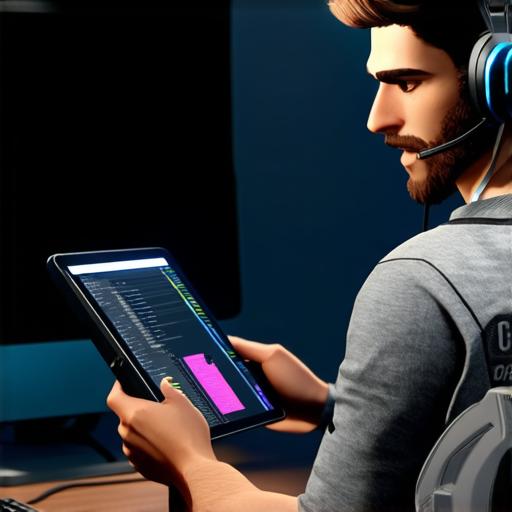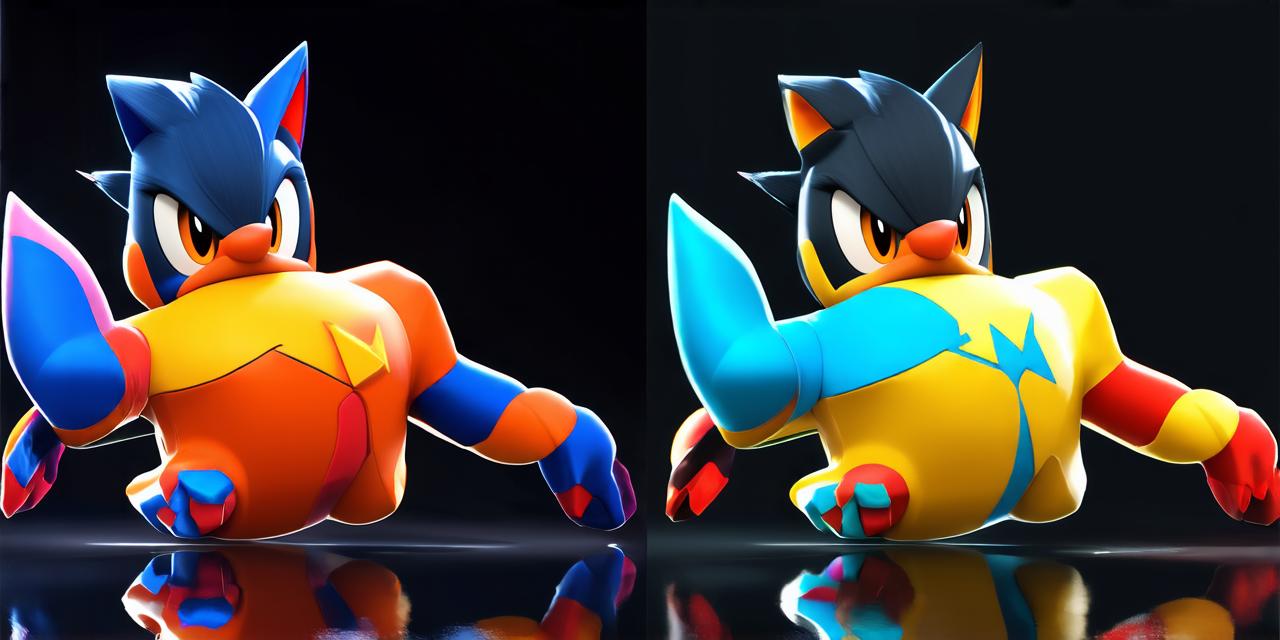Introduction:
Creating animated characters in Unity 3D can be a daunting task for beginners. However, with the right tools and techniques, anyone can create high-quality animations that bring their characters to life. In this comprehensive guide, we will explore the process of creating animated characters in Unity 3D, from modeling and rigging to animation and rendering.
1. Modeling Characters in Blender:
The first step in creating an animated character in Unity 3D is to model it using a 3D modeling software like Blender. In Blender, you can create characters by adding various mesh primitives such as cubes, spheres, and cylinders to form the basic shapes of your character. You can also use more advanced tools like subdivision surfaces and booleans to add details to your model.
2. Rigging Characters:
Once you have a basic model of your character, the next step is to rig it. Rigging involves creating a skeleton for your character that will allow you to control its movements. In Unity 3D, you can use the built-in animation tools to create rigs for your characters. You can also use external software like Maya or Max to create more complex rigs.

3. Animation:
With your character rigged, you can now start animating it. Animation involves creating a series of poses and keyframes that will define the movements of your character. In Unity 3D, you can use the animation tools to create keyframes for your character’s movements. You can also use external software like MotionBuilder to create more complex animations.
4. Rendering:
Once you have animated your character, the final step is to render it. Rendering involves rendering the animation frames onto a video file so that they can be played back. In Unity 3D, you can use various rendering settings and plugins to achieve different looks and styles for your animations.
Case Study: Creating an Animated Character in Unity 3D
Let’s take a look at how to create an animated character in Unity 3D using the steps outlined above.
1. Modeling:
In Blender, we can start by creating a basic model of our character using mesh primitives like cubes and spheres. We can then use more advanced tools like subdivision surfaces and booleans to add details to our model.
2. Rigging:
Once we have a basic model of our character, we can use the built-in animation tools in Unity 3D to create a skeleton for our character. We can then export this skeleton as an FBX file and import it into Blender to add more details to our rig.
3. Animation:
In Unity 3D, we can use the built-in animation tools to create keyframes for our character’s movements. We can also use external software like MotionBuilder to create more complex animations. Once we have created our animations, we can import them back into Unity 3D and apply them to our character model.
4. Rendering:
Finally, we can render our animation frames onto a video file using the various rendering settings and plugins available in Unity 3D. We can then export this video file and share it with our audience.
